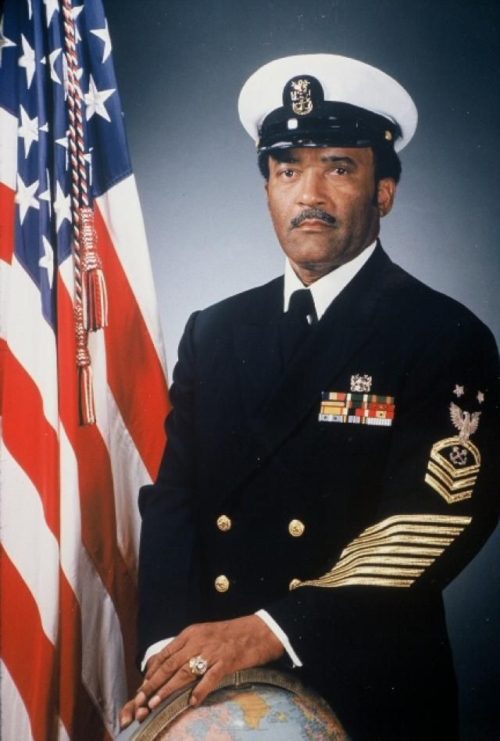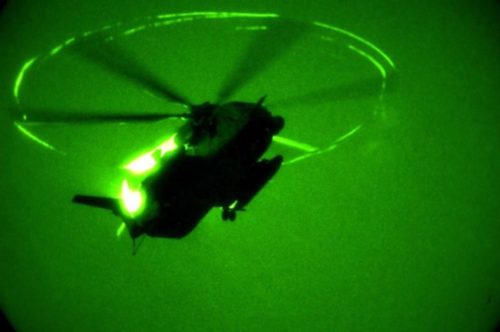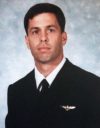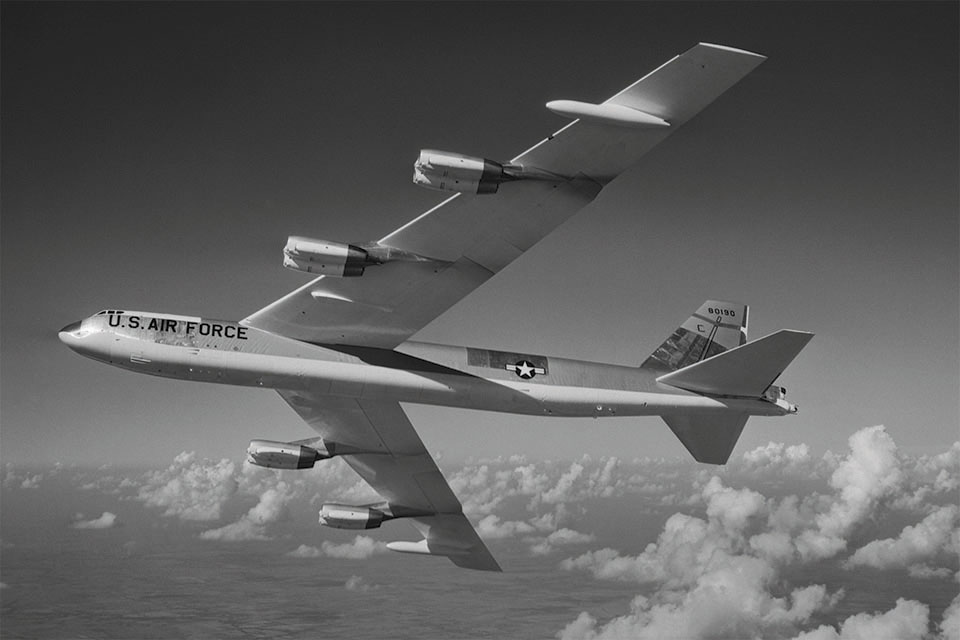January 17 in U.S. military history
1781: Continental Army forces — including infantry, cavalry, dragoons (horse-mounted infantry), and militia – under the command of Brig. Gen. Daniel Morgan, clash with a better-equipped, more-experienced force of British Army regulars and Loyalists under the command of Lt. Col. Banastre “Bloody Ban” Tarleton in a sprawling pastureland known as Hannah’s Cowpens in the South Carolina upcountry.
The Battle of Cowpens ends in a decisive victory for Morgan – who defeats Tarleton in a classic double-envelopment – and a near-irrevocable loss of men, equipment, and reputation for the infamous Tarleton and his “British Legion.”
1966: A nuclear-equipped B-52 bomber flying an Operation CHROME DOME airborne alert mission off the coast of Spain collides with a KC-135 Stratotanker during refueling, destroying both planes. Four B28 thermonuclear weapons fall from the sky; three landing near the village of Palomares and one sinks in the Mediterranean Sea in what is one of the worst nuclear disasters in U.S. military history.
Two of the weapons’ conventional charges went off upon impact, spreading small amounts of contamination; one lands largely intact; and after two-and-a-half months of searching, crews locate and recover the fourth device which had been sitting 2,850 feet below the surface.
Navy Master Diver Carl Brashear – the Navy’s first black diver – will lose his leg recovering the weapon and will later return to duty despite being an amputee. Brashear was serving aboard USS Hoist when it was dispatched to find and recover the missing bomb for the Air Force. For his service in helping to retrieve the bomb, Brashear was later awarded the Navy and Marine Corps Medal – the highest Navy award for non-combat heroism. His incredible story is portrayed in the 2000 film Men of Honor, starring Cuba Gooding Jr. as Master Chief Petty Officer Brashear.

1991: At 2:38 a.m. eight AH-64 Apache helicopters attack an Iraqi surface-to-air missile radar station, opening a corridor for the first wave of airstrikes of Operation DESERT STORM. Moments later, a flight of F-15E Strike Eagles streaks overhead, on their way to attack Iraqi air fields. Another flight of F-117 Nighthawk stealth fighters passes through to pound targets in Baghdad.
Navy warships in the Arabian Gulf and Red Sea launch 100 Tomahawk cruise missiles into Iraq. And a flight of B-52s from Barksdale Air Force Base in Louisiana carry out a 14,000-mile, 34-hour mission (setting a record for the longest combat mission at the time) to launch 13 AGM-86 air-launched cruise missiles at high priority targets.
In all, U.S. and coalition aircraft conduct well over 2,000 sorties in just the first 24 hours against Iraq’ air force, air defense systems, and Saddam Hussein’s command and control infrastructure. In retaliation, the dictator fires eight Soviet-built “Scud” ballistic missiles into Israel.
Saddam sought to draw Israel into the campaign, which he hoped would split Arab nations from the coalition as they would be unlikely to fight alongside Israel. President George H.W. Bush convinces the Israelis not to enter the war and pledges to deploy U.S. Patriot surface-to-air missiles to protect against further attacks.


Today’s post is in honor of Lt. Cmdr. Michael Scott Speicher, a Naval F/A-18 aviator who was shot down by an Iraqi MiG on this day in 1991, becoming the first American casualty of Operation DESERT STORM. For years the fate of the 33-year-old from Kansas City, Mo. was unknown until Marines managed to track down his remains in 2009, which had been buried by Bedouins after being shot down 100 miles west of Baghdad. Speicher served with Strike Fighter Squadron 81 (VFA-18), the “Sunliners,” flying out of USS Saratoga (CV-60).
